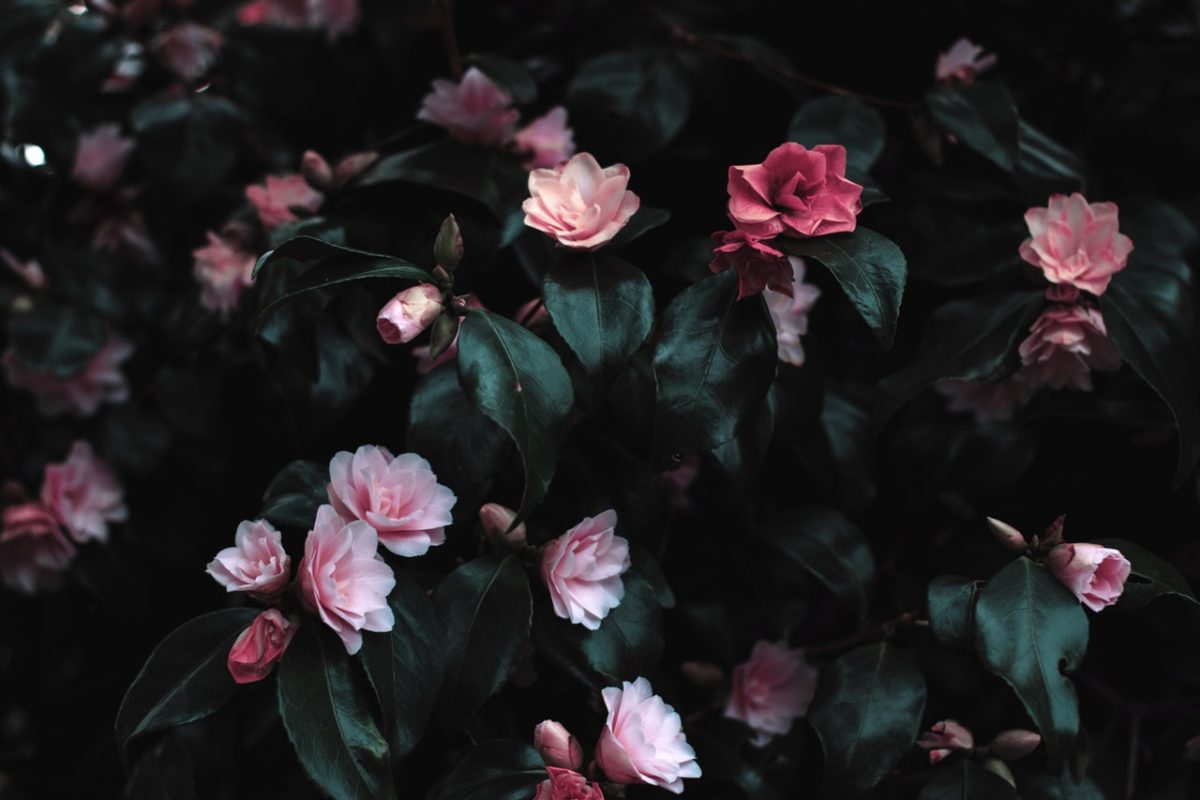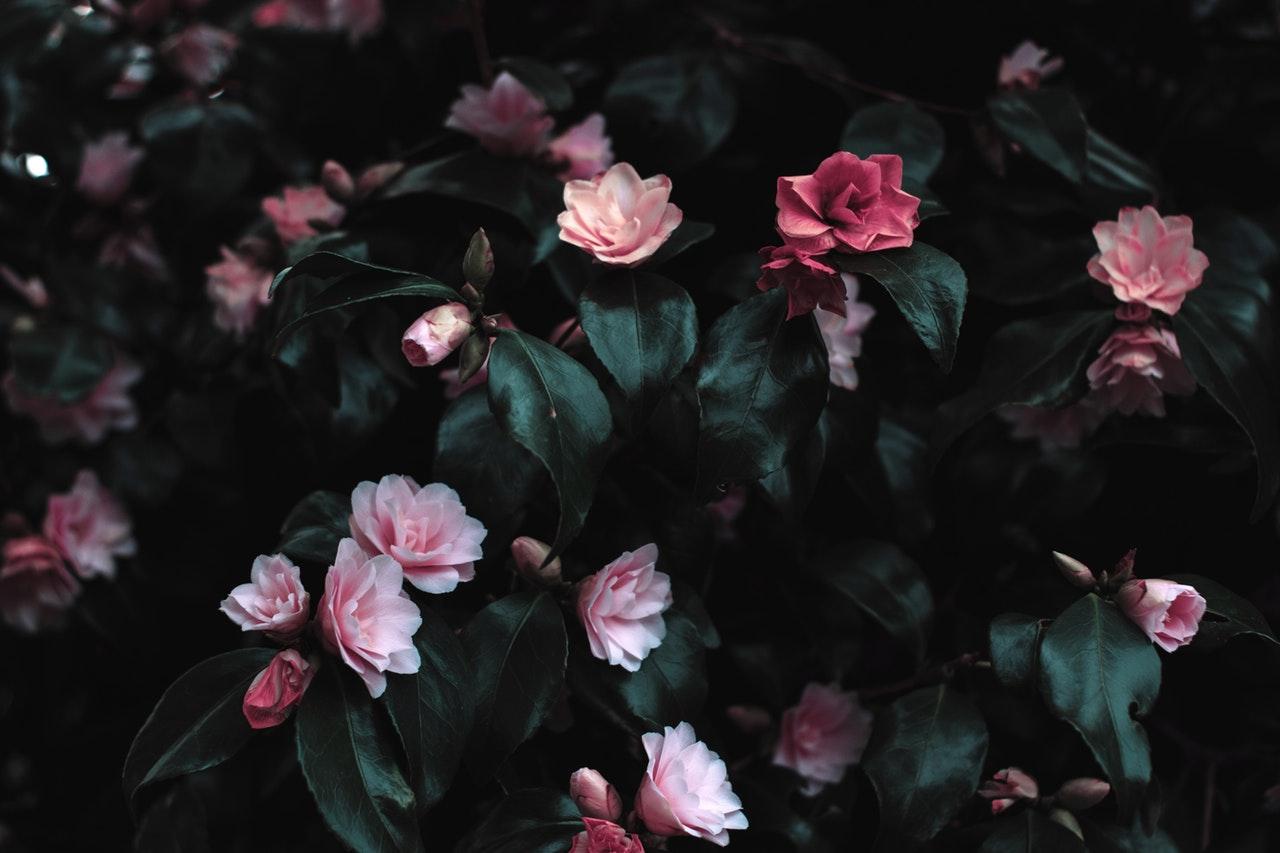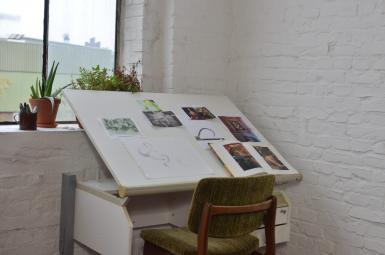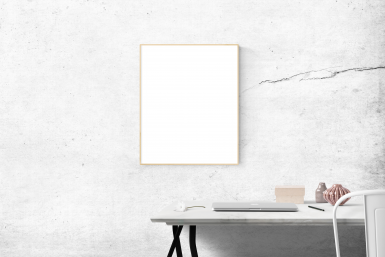
More flower photography tips
Chelsea Flower Show may be over, but everywhere around us, plenty of beautiful plowers are still in full bloom. So we thought it might be a nice time to share some flower photography tips with you. We’ve posted an introduction to flower photography on the blog before, but today we’ll be looking at the topic from a different angle. We’re giving a few tips on what to pack, ideas for different shots and an introduction to getting the shot once it’s lined up too.
Before we get started, let’s not forget that gardening doesn’t just provide camera fodder in the way of flowers, fruit and vegetables can make for interesting subject matters too, as covered off in our garden canvas prints post. Interests in horticulture and photography should go hand in hand in our opinion. But if you know someone who is green fingered but not so much of a shutterbug, why not record their gardening efforts on camera for them? Here’s how…
Things to pack
Some of our best photographs are taken when we don’t expect to be shooting, but when you know you’re heading out to take photographs of flowers, these items can help things go smoothly:
- Camera
- Macro lens
- Tripod
- Remote shutter release
- Reflector
- A plump to stabilize stems in the wind
- Backlight to highlight detail
- Blankets or outdoor cushions if you don’t fancy getting dirty. Ground sheets are also an option but can flatten plants, so do be careful if you use one.
Play with perspective
Up close macro shots of flowers will let you see every little petal or capture insects in their midst. You don’t need to stick to bird’s eye view shooting though. Shooting sideways on through foliage can give you a perfect bug’s eye view instead. Or, try shooting from the ground upwards to bring in streams of sunlight from above. If you’d like to capture a single stem in a breeze, try a plump to keep it steady.
Getting the shot
To really hone in on your subject, you’ll want to keep a shallow depth of field. This will help to eliminate a busy background. Increase your shutter speed to maintain a sharp focus and you won’t need to worry about every little movement. Shooting in the golden hour will give you lovely light but if you miss the window you could try to use a reflector or even a backlight to highlight details. Try and avoid using flash and if you do need to use it, switch the camera to manual to give you a greater level of control.
Of course, photography isn’t the only artistic format you can adopt when working with flora and fauna. Why not bring out the best of a flower bouquet by practising your flower arranging techniques? Check out our post on flower arranging basics to brighten up your home.
Have you mastered flower photography? What tips would you pass on to a newbie just starting out? Do you like to shoot flowers up close or as part of a wider landscape?









